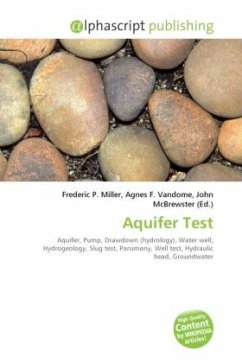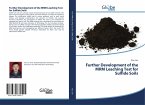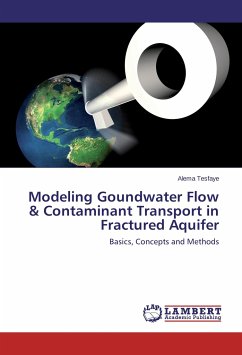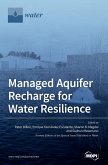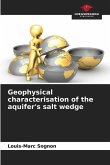An aquifer test (or a pumping test) is conducted to evaluate an aquifer by "stimulating" the aquifer through constant pumping, and observing the aquifer's "response" (drawdown) in observation wells. Aquifer testing is a common tool that hydrogeologists use to characterize a system of aquifers, aquitards and flow system boundaries. A slug test is a variation on the typical aquifer test where an instantaneous change (increase or decrease) is made, and the effects are observed in the same well. This is often used in geotechnical or engineering settings to get a quick estimate (minutes instead of days) of the aquifer properties immediately around the well. Aquifer tests are typically interpreted by using an analytical model of aquifer flow (the most fundamental being the Theis solution) to match the data observed in the real world, then assuming that the parameters from the idealized model apply to the real-world aquifer. In more complex cases, a numerical model may be used to analyze the results of an aquifer test, but adding complexity does not ensure better results.
Bitte wählen Sie Ihr Anliegen aus.
Rechnungen
Retourenschein anfordern
Bestellstatus
Storno

